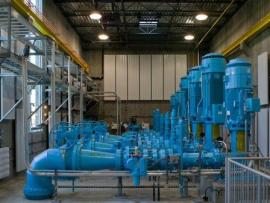- Community
-
- About Sherwood Sherwood Heritage Center Chamber of Commerce Marjorie Stewart Center Sherwood Center for the Arts Sherwood YMCA Family Resources
- Events and Activities City Calendar Library Events Community Events Event Permits Monument Posting Request Community Meeting Rooms Recreation Parks and Trails Directory Recreation Programs Sherwood Fieldhouse
- Community Field House Sherwood Demographics Sherwood School District Sherwood Youth Sports Utilities Volunteer Opportunities Highway 99 Pedestrian Crossing Public Safety Police Tualatin Valley Fire & Rescue
-
- Business & Development
- Government
-
- City Council Boards and Committees Urban Renewal Agency Agendas and Minutes Municipal Code Public Records
- Building City Attorney City Manager Code Compliance Community Development Community Services Economic Development Emergency Management Engineering
- Finance Human Resources Library Municipal Court Parks & Recreation Planning Police Public Works Utility Billing
-
- Online Services
-
- Job Opportunities Utility Billing Alerts & Notifications Email Subscriptions Sherwood Flash Alert Police Flash Alert Events and Meetings Agendas and Minutes Calendar
- Contact the City Submit a Request or Concern City Offices Municipal Code Documents and Forms Documents and Reports Forms and Applications
- Social Media
-
Your Water Treatment Process
The primary source for water in Sherwood comes from the Willamette River Water Treatment Plant (WRWTP).
During the 1990's pilot tests were conducted in Wilsonville using conventional treatment methods. These tests confirmed that under "worst case" conditions, treated water from the Willamette River could consistently meet drinking water standards. As a further margin of safety, enhanced methods of treatment were tested and incorporated into the design of the multi-barrier system used at Wilsonville's water treatment plant. The resulting water supplied from this facility is even purer than required by current drinking water standards (as well as proposed future drinking water standards).
The treatment facility is "over-designed" in the sense that drinking water standards can be met without such extensive treatment. Nonetheless, the plant is operated using all steps at all times - - whether or not they are all needed to meet drinking water standards. In addition, the treatment plant has redundant (i.e., back-up) systems for all these processes.
Please click here or follow the link at the bottom of the page to learn more about the WRWTP. Tours of the Willamette River Water Treatment Plant are given by appointment. If you are interested in scheduling a tour contact Veolia Water at 503 582-9655.
Sherwood has two back-up sources - local ground water wells and the Bull Run Watershed northwest of Portland. Sherwood’s well water is treated with chlorine, with one well also treated to remove iron and manganese. Water from Portland’s Bull Run does not require filtering. Before delivery to the City, the water is disinfected with chloramines (a combination of ammonia and chlorine) and receives a pH to minimize corrosion.
5-step treatment process of the WRWTP
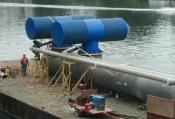
Step 1
The intake screens protect fish and prevent debris from entering the treatment facility.
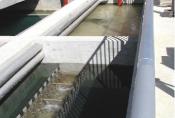
Step 2
Enhanced Sedimentation removes materials that are small enough to pass through the intake screens.
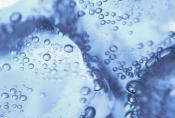
Step 3
Ozonation plays a big part of disinfecting and filtering.
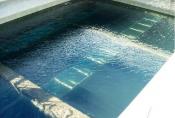
Step 4
Granular Activated Carbon removes turbidity and odors while a sand filter “polishes” the water.
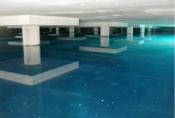
Step 5
Secondary Disinfection adds chlorine to prevent bacterial contamination for its way to your tap.

